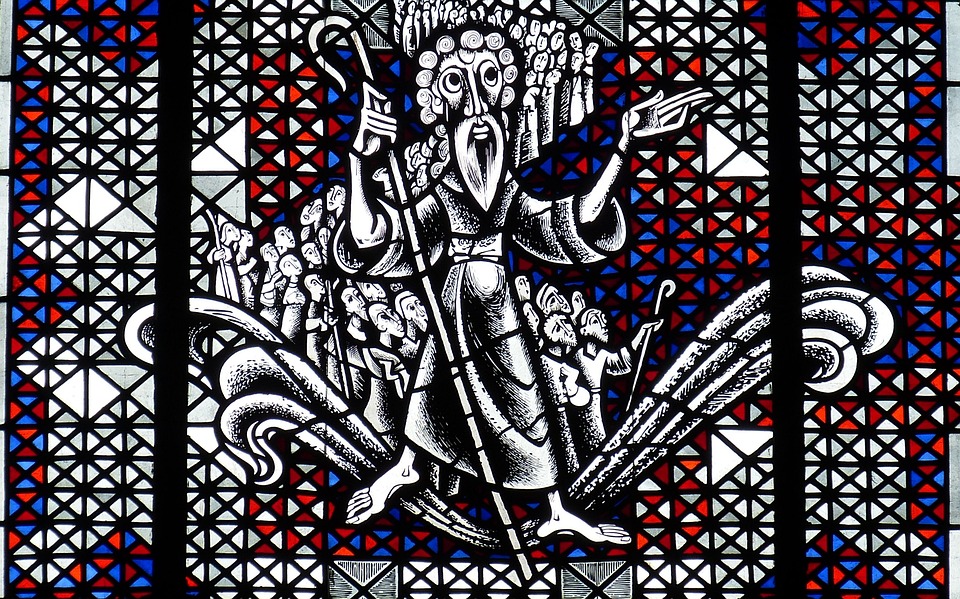
The Renaissance period in Italy, which spanned from the 14th to the 17th century, was a time of great transformation and creativity that had a profound impact on the culture and art of Italy. During this period, Italy saw a rebirth of classical learning and art, as well as the emergence of new ideas and innovations in various fields, including science, literature, music, and architecture. In this essay, we will explore how the Renaissance period shaped the culture and art of Italy.
The Renaissance was a time of great change and transformation, marked by a renewed interest in classical learning and the humanistic ideals of ancient Greece and Rome. This renewed interest in classical learning had a profound impact on the arts, as artists and thinkers began to look to the past for inspiration and guidance.
One of the most significant developments of the Renaissance was the emergence of humanism, a philosophical and intellectual movement that emphasized the value and dignity of human beings. Humanism placed a great emphasis on education and the pursuit of knowledge, and it encouraged individuals to explore their own potential and strive for excellence in all aspects of life. This emphasis on human potential and achievement had a profound impact on the arts, as artists began to create works that celebrated the beauty and complexity of the human form.
One of the most significant artistic movements of the Renaissance was the development of perspective. Prior to the Renaissance, most artists painted flat, two-dimensional images that lacked depth and dimension. However, during the Renaissance, artists began to experiment with new techniques that allowed them to create the illusion of depth and space on a flat surface. This technique, known as perspective, allowed artists to create more realistic and lifelike images, and it had a profound impact on the development of painting and sculpture.
The Renaissance also saw the emergence of new styles of painting and sculpture, including the development of the High Renaissance style, which emphasized realism, harmony, and balance. This style was characterized by a greater emphasis on anatomical accuracy and the use of shading and color to create a sense of depth and dimensionality.
In addition to painting and sculpture, the Renaissance also saw significant developments in the fields of architecture, literature, music, and science. Architects during this period began to experiment with new styles and techniques, including the use of classical orders and the development of new building materials. Literature also saw significant developments during the Renaissance, with the emergence of new forms of poetry, prose, and drama. Music also flourished during this period, with the emergence of new styles and genres, including opera and the development of new musical instruments. Finally, the Renaissance also saw significant advances in the field of science, as thinkers and scientists began to explore new ideas and theories.
One of the most significant figures of the Renaissance was Leonardo da Vinci, who is widely regarded as one of the greatest artists and thinkers of all time. Da Vinci was a master of many disciplines, including painting, sculpture, architecture, engineering, and science, and his work had a profound impact on the development of the Renaissance. His paintings, including the Mona Lisa and The Last Supper, are regarded as some of the greatest works of art ever created, and his inventions and designs laid the groundwork for many of the technological advancements of the modern era.
Another significant figure of the Renaissance was Michelangelo, who is best known for his masterful sculptures, including the David and the Pieta. Michelangelo’s work was characterized by a sense of realism and anatomical accuracy, as well as a focus on the human form and the expression of emotion. His work had a profound impact on the development of sculpture during the Renaissance, and it continues to be celebrated and studied today.
In conclusion, the Renaissance period in Italy had a profound impact on the culture and art of Italy, as well as on the development of Western civilization as a whole.
The Renaissance period in Italy had a profound impact on the culture and art of Italy, as well as on the development of Western civilization as a whole. The period saw a resurgence of classical learning, the emergence of humanism, the development of new styles and techniques in painting and sculpture, and significant advances in the fields of architecture, literature, music, and science. These developments helped to shape the cultural and artistic identity of Italy, and they continue to influence art and culture around the world today.
In addition to the artistic and cultural achievements of the Renaissance, the period also had significant political and economic implications for Italy. The rise of powerful city-states, such as Florence, Venice, and Rome, created a competitive environment that encouraged innovation and creativity. This environment helped to support the development of new ideas and technologies, and it contributed to the economic and political power of these city-states.
However, the Renaissance was also marked by conflict and upheaval. The period saw a number of wars and conflicts between rival city-states, as well as the emergence of new religious and political movements, such as the Protestant Reformation. These developments challenged the social and political order of Italy, and they helped to set the stage for the political and cultural changes that would come in the centuries to follow.
Overall, the Renaissance period in Italy was a time of great transformation and creativity that had a profound impact on the culture and art of Italy, as well as on the development of Western civilization. The period saw the emergence of new ideas and technologies, the development of new artistic styles and techniques, and significant advances in the fields of science, literature, music, and architecture. These achievements helped to shape the cultural and artistic identity of Italy, and they continue to inspire and influence artists and thinkers around the world today.







